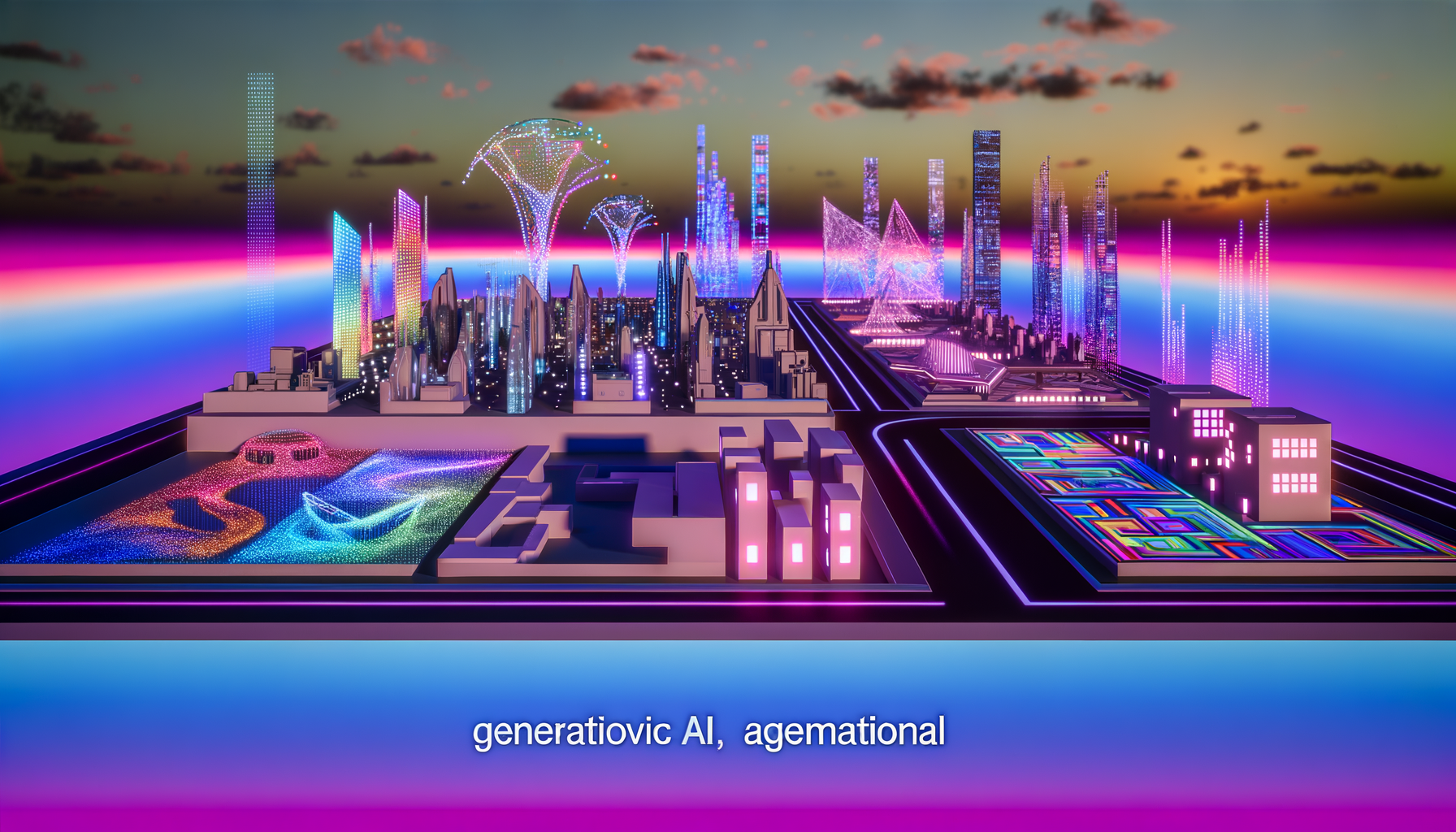Understanding Generative AI and Agentic AI: Key Differences Explained
In the ever-evolving world of technology, two terms have gained significant traction: Generative AI and Agentic AI. While both represent advanced forms of artificial intelligence, they serve different purposes and functionalities. In this blog post, we’ll dive deep into these concepts, exploring what they mean and how they differ.
What is Generative AI?
Generative AI refers to systems that can create new content based on the data they have been trained on. Think of it as a virtual artist or writer. They can produce text, images, music, and even videos! For example, a Generative AI could write a short story based on a prompt you give it, or generate artwork that blends different styles.
Generative AI operates using models like OpenAI’s GPT or DeepMind’s PaLM. These models analyze patterns in existing data to produce outputs that mimic human creativity. Imagine a chef who learns recipes by studying a cookbook but ultimately comes up with a unique dish based on their understanding!
What is Agentic AI?
On the other hand, Agentic AI represents a more significant evolution in artificial intelligence. It’s not just about creating; it’s about taking actions autonomously. Agentic AI can operate independently to make decisions and solve problems without needing constant human assistance. You can think of it as a smart assistant capable of running complex tasks on its own.
For example, consider a robotic vacuum cleaner. It navigates your home, detects obstacles, and cleans your floors—all without you having to lift a finger. These systems are equipped with decision-making capabilities that allow them to function smoothly in dynamic environments.
Key Differences Between Generative AI and Agentic AI
Now that we understand both terms, let’s highlight the key differences:
1. Core Functionality
Generative AI focuses on creation, while Agentic AI is about action. Generative AI generates content, whereas Agentic AI can take real-world actions based on its understanding of situations.
2. Autonomy
Agentic AI operates with a **higher level of autonomy**. Once it’s programmed, it can make decisions and execute tasks independently. In contrast, Generative AI often requires prompts or initial input to create content.
3. Application Areas
Generative AI is commonly used in creative fields, such as writing, artwork, and music. Meanwhile, Agentic AI finds its applications in operational tasks, such as robotics, autonomous systems, and even personalized user assistants.
Where Are We Heading? The Future of AI
The lines between Generative AI and Agentic AI may continue to blur as technology advances. With improvements in machine learning, we can expect systems that not only create but also act on their creative outputs. Imagine an AI system that not only designs a product but also brings it to life through manufacturing and logistics!
Experts speculate that the future could see AI systems capable of understanding complex situations, managing tasks, and generating solutions all on their own. With such powerful tools at our disposal, it’s important to consider the implications carefully. Ethical concerns around data usage, creativity, and job displacement are all conversations we need to engage in as we embrace these technologies.
Conclusion
In summary, while Generative AI and Agentic AI may sound similar at first, they serve distinct purposes within the AI landscape. Understanding their differences is essential for anyone interested in the future of technology and innovation.
As we tread forward into this AI-driven world, we should remember to balance excitement with caution. By doing so, we can harness the full potential of these technologies while ensuring they serve humanity positively.
For those keen on diving deeper into the world of AI, consider exploring more resources on Serious DL or checking out the latest articles on Towards Data Science.
In the words of a tech enthusiast: “The future is here, and it’s just getting started!” Let’s shape it together.


